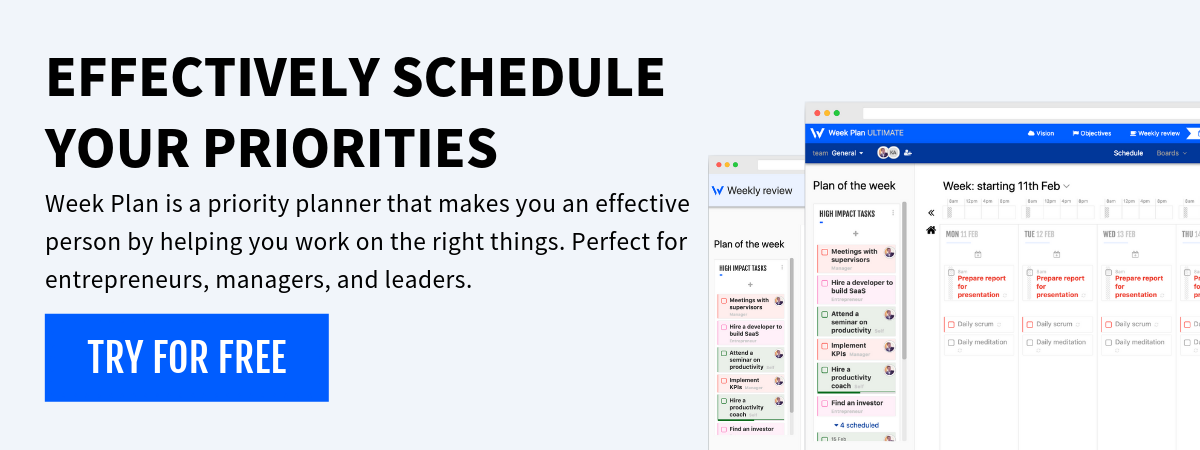Workflow Management refers to the coordination, execution, and optimization of business processes. It encompasses the mapping out of sequential tasks, overseeing their execution, and refining these processes to achieve greater efficiency and productivity. This methodology plays a crucial role in ensuring that resources are utilized effectively, deadlines are met, and objectives are achieved within the stipulated time frames. Through the strategic implementation of workflow management, businesses can streamline operations, minimize waste, and enhance overall performance.
Understanding Workflow Management
Workflow Management involves the detailed analysis and structured organization of tasks that make up a business process. It aims to ensure that each task is performed optimally, by the right person, at the right time.
Key Components of Workflow Management
- Process Design: Mapping out the steps required to complete a specific task or project.
- Task Allocation: Assigning tasks to individuals based on their skills and workload.
- Monitoring and Execution: Overseeing the progress of tasks to ensure they are completed efficiently.
- Feedback and Optimization: Analyzing completed processes to identify areas for improvement.
The Importance of Workflow Management
Effective workflow management can significantly impact a business’s operational efficiency and productivity. It helps in identifying bottlenecks, reducing redundancies, and ensuring that resources are allocated efficiently. Moreover, it enhances transparency and accountability within the organization, leading to improved team coordination and collaboration.
Implementing Workflow Management
Identify Business Processes: Begin by identifying and defining the key processes that require management.
Map the Workflow: Visually map out the process steps, from initiation to completion.
Assign Roles and Responsibilities: Clearly define who is responsible for each step of the process.
Utilize Technology: Implement workflow management software to automate and streamline tasks.
Monitor and Adjust: Continuously monitor the workflow for bottlenecks and inefficiencies, and make adjustments as needed.
Examples of Workflow Management in Action
- Project Management: Coordinating tasks, deadlines, and resources to ensure projects are completed on time.
- Employee Onboarding: Streamlining the process of integrating new employees into the organization.
- Customer Service: Managing the flow of customer inquiries and responses to enhance customer satisfaction.
Benefits of Workflow Management
1.Increased Efficiency
Streamlining processes to reduce idle time and unnecessary steps.
2. Improved Quality
Standardizing processes to minimize errors and maintain quality standards.
3. Enhanced Collaboration
Facilitating better communication and coordination among team members.
4. Greater Visibility
Providing insight into the status of tasks and the overall progress of projects.
Challenges in Workflow Management
Implementing an effective workflow management system can present challenges, such as resistance to change from employees, the complexity of integrating new technologies, and the initial investment of time and resources required for setup and training. However, these challenges can be mitigated through careful planning, clear communication, and ongoing support.
Conclusion
Workflow Management is a critical strategy for businesses seeking to optimize their operations and improve productivity. By effectively managing the flow of tasks and processes, organizations can achieve greater efficiency, quality, and collaboration, leading to increased competitiveness and success in their respective fields. As businesses continue to evolve, the importance of workflow management in achieving operational excellence cannot be overstated.

More Posts
Pomodoro Technique ADHD Research For Students
Wondering what Pomodoro technique ADHD research is? ADHD, aka attention deficit hyperactivity disorder, is pretty common these days. In the Diagnostic and Statistical Manual, it’s described among other mental disorders as a condition...
12 Benefits of Using Hourly Calendar for A Week
A well-managed hourly calendar boosts weekly schedule and daily productivity. It helps break tasks into smaller parts. This makes it easier to set priorities and hit goals. Studies show that writing down goals...
Top 11 Contest Ideas for Employee Engagement
Employee motivation and engagement are crucial for fostering a productive and positive work environment. Introducing team building challenges can significantly boost morale and encourage a sense of camaraderie among employees. With over 73,930...
How to Avoid Constant Interrruptions at Work - Boost Productivity
Interruptions at work can really lower your productivity and make stress go up. These disruptions also come with hidden costs, such as reduced work quality, increased employee stress, and a negative impact on...